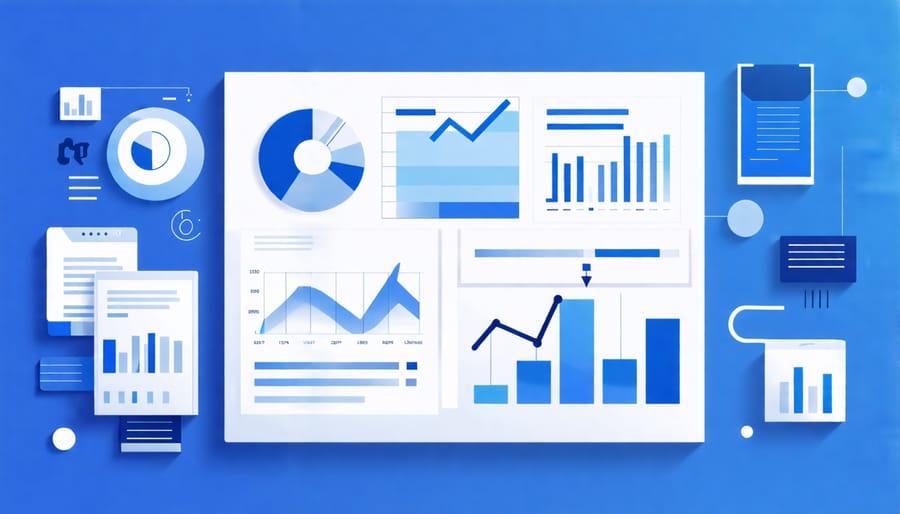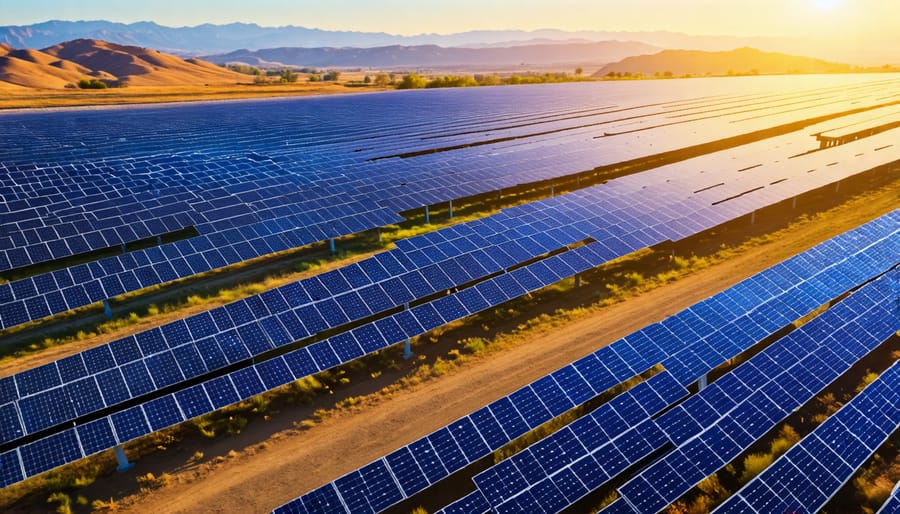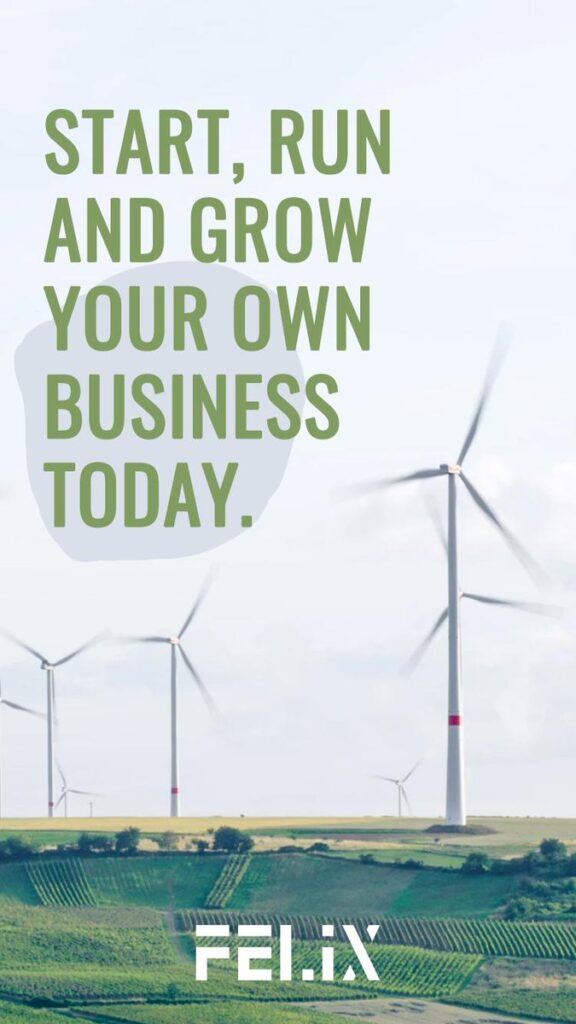Evaluate project costs by developing a detailed cash flow analysis, assessing initial investment requirements, operational expenses, and potential revenue streams. Leverage financial models like the discounted cash flow (DCF) to predict profitability and account for variables like government incentives and market fluctuations. Incorporate risk assessment tools to identify and mitigate factors influencing project viability, ensuring alignment with sustainability goals and environmental regulations. Enlist expert consultation to tailor models specifically to local regulatory frameworks and market conditions, thereby maximizing project feasibility and impact. Explore how wind energy works within financial frameworks to understand scalability and long-term benefits.
Understanding Financial Models in Renewable Energy
Definition and Purpose
Financial models serve as essential tools in the landscape of renewable energy by providing a structured framework to assess the cost, feasibility, and potential returns of sustainable energy projects. At their core, these models analyze various financial metrics—such as net present value, internal rate of return, and cash flow projections—to guide investment decisions. The importance of these models cannot be overstated as they help potential investors and developers understand the economic viability of renewable initiatives amidst a backdrop of fluctuating market conditions and policy incentives.
For renewable energy projects, financial models are particularly crucial as they not only forecast potential profits but also assess risks related to technological advancements, resource availability, and regulatory changes. By doing so, they enable stakeholders, from policy-makers to educators, to make informed decisions that align with both economic and environmental goals. For instance, financial models were instrumental in the successful rollout of a solar energy park in California, where the calculated financial projections helped secure investments and policy support. Through these models, the path to a more sustainable energy future becomes clearer and more attainable.
Key Components of a Financial Model
A financial model for renewable energy projects serves as a vital tool for evaluating their viability and sustainability. At its core, the model comprises several key components, starting with cash flow projections. These projections estimate future cash inflows and outflows, enabling stakeholders to anticipate financial needs and assess the project’s profitability. Another critical element is risk analysis, which identifies potential risks such as regulatory changes, technology failures, or market fluctuations, and evaluates their impact on the project’s success. By understanding these risks, developers and investors can implement mitigation strategies to ensure stability.
Return on Investment (ROI) is also a fundamental component. It measures the potential returns against the costs involved, offering insights into the project’s financial attractiveness. An optimized ROI highlights the project’s ability to deliver value over its lifespan. Together, these components form a comprehensive framework that not only fosters informed decision-making but also propels the transition towards sustainable energy solutions with confidence and optimism.

Types of Financial Models Used
Project Finance Models
Project finance models serve as invaluable tools for executing large-scale renewable energy projects by structuring financial strategies that balance risks and rewards. These models are pivotal in attracting investments as they delineate cash flow projections, allocate resources efficiently, and predict financial outcomes. One of the key benefits is their ability to segregate project-specific assets and liabilities from the parent company, making it easier for investors to assess the viability of a project independently.
These models often incorporate various scenarios to test the resilience of renewable projects against market fluctuations and environmental challenges. An engaging example is the deployment of wind farms, wherein project finance models have facilitated multi-million dollar investments by demonstrating potential returns on investment alongside sustainable operational lifecycles. They offer a roadmap for policy-makers and educators alike, outlining feasible pathways to augment renewable energy infrastructure.
By providing a transparent framework, these models instill confidence among environmentally conscious investors and stakeholders, promoting the growth of clean energy solutions around the globe. Such financial modeling not only secures the needed capital but also paves the way for innovative partnerships dedicated to a sustainable future.
Modeling for Government Incentives
Financial models for renewable energy projects are instrumental in integrating government incentives like tax credits and direct subsidies, which can significantly enhance project feasibility. These models meticulously analyze the potential benefits of policies, assessing how legislation can bolster project returns. By embedding state and federal incentives, they paint a comprehensive picture of the project’s financial viability, encouraging investment in green technologies. For instance, production tax credits can decrease the effective cost of wind energy, encouraging broader adoption, while investment tax credits substantially cut the upfront costs of solar installations, contributing to the ongoing debate of wind vs solar preferences.
Investment Analysis
Investing in renewable energy requires a strategic analysis of financial models to assess potential returns while embracing sustainability. These models typically incorporate cash flow analysis, assessing long-term revenue from energy production, government incentives, and operation costs. They employ net present value (NPV) and internal rate of return (IRR) to evaluate profitability and risk. Sensitivity analysis is also vital, examining how changes in variables like energy prices or technological innovations affect outcomes. By using case studies, such as solar farms and wind projects, investors can learn from successful models to make informed decisions. Ultimately, these analyses empower stakeholders to drive the transition to green energy confidently.
Real-Life Case Studies

Case Study: Solar Farm in California
The development of a major solar farm in California stands as a testament to the power of effective financial modeling in renewable energy projects. To bring the solar farm from concept to reality, financial analysts crafted a robust financial model that assessed various components—from initial capital investment to operational costs and expected revenue streams. By projecting the farm’s profitability over its lifetime, stakeholders could make informed decisions, ensuring the endeavor was not only environmentally sustainable but also economically viable.
The financial model incorporated factors like falling solar technology costs, potential tax incentives, and market electricity rates. By factoring in these dynamic elements, the model provided a clear picture of risk and return, crucial for attracting investors. Investors were reassured by this detailed financial roadmap and were more willing to fund the project, contributing to its successful realization. This case exemplifies how precise financial modeling can facilitate the growth of renewable energy assets, offering optimism for similar ventures globally.
Case Study: Wind Energy Projects in Europe
Europe has become a leader in wind energy development, thanks largely to robust financial models that ensure project viability and sustainability. By exploring real-life examples, we discover how these models have been pivotal in Europe’s renewable revolution. In Denmark, the Middelgrunden offshore wind farm stands as a testament to community and cooperative investments, illustrating how financial models can facilitate public-private partnerships. Through innovative funding strategies, projects like these enable risk-sharing and provide financial incentives that attract diverse investors. Meanwhile, Germany’s Energiewende policy emphasizes feed-in tariffs, offering guaranteed payments to stimulate renewable energy production. This model has encouraged significant investments in wind energy, demonstrating how strategic financial planning can reduce market barriers and promote steady growth. The success stories of such projects highlight how tailored financial frameworks are critical to advancing Europe’s clean energy goals, ensuring economic feasibility while fostering environmental sustainability. These examples underline the vital role of financial models in orchestrating Europe’s transition to a wind-powered future.
The Future of Renewable Energy Finance

Technological Developments
Advancements in technology play a pivotal role in refining financial models for renewable energy projects. By harnessing the power of artificial intelligence and machine learning, these models can now predict energy output and financial returns with increased precision, allowing for more informed investment decisions. For instance, the use of smart grids and IoT devices provides real-time data, enhancing the accuracy of performance assessments and revenue projections. Blockchain technology further enhances transparency and efficiency, streamlining transactions and contracts in renewable energy markets. A real-life example of technological progression is seen in Denmark, where sophisticated modeling tools assess wind farm feasibility, optimizing resource allocation and minimizing financial risks. As technology continues to evolve, it paves the way for innovative financial solutions, propelling the renewable energy sector towards a sustainable future.
Policy and Regulatory Changes
As renewable energy becomes increasingly indispensable, policy and regulatory changes play a pivotal role in shaping financial models and investment strategies. Recent trends indicate a shift towards more supportive policies, with governments worldwide implementing incentives like tax credits, feed-in tariffs, and mandatory renewable portfolio standards. These measures aim to lower energy costs and enhance the competitiveness of renewables against fossil fuels. Moreover, potential regulations concerning carbon pricing and emissions trading could significantly impact project viability and investor returns. By embracing these changes, investors and developers can optimize financial models, ensuring long-term sustainability and profitability. Real-life examples, such as Germany’s Energiewende or California’s cap-and-trade program, illustrate how adaptive strategies align with evolving policies, underscoring the importance of staying informed in this dynamic landscape.
Conclusion
In conclusion, the exploration into financial models tailored for the renewable energy sector illustrates their pivotal role in nurturing sustainable projects. Throughout this article, we have highlighted the core components of these models, which encompass cost-benefit analysis, risk assessment, and financing strategies tailored to renewable technologies. Insightful case studies and expert interviews have underscored the transformative impact such models can achieve, steering projects from mere conceptual phases to successful implementation. As we face a world increasingly turning to sustainable solutions, it’s vital for continued innovation and enhancement of these financial models. These tools not only optimize project feasibility but also attract investment and instill confidence in stakeholders. The renewable energy sector stands on the brink of unprecedented growth; hence, refining these models is essential to meet global sustainability goals. Our shared commitment to advancing these financial frameworks will offer a resilient pathway forward, propelling a cleaner, more sustainable future for generations to come.





